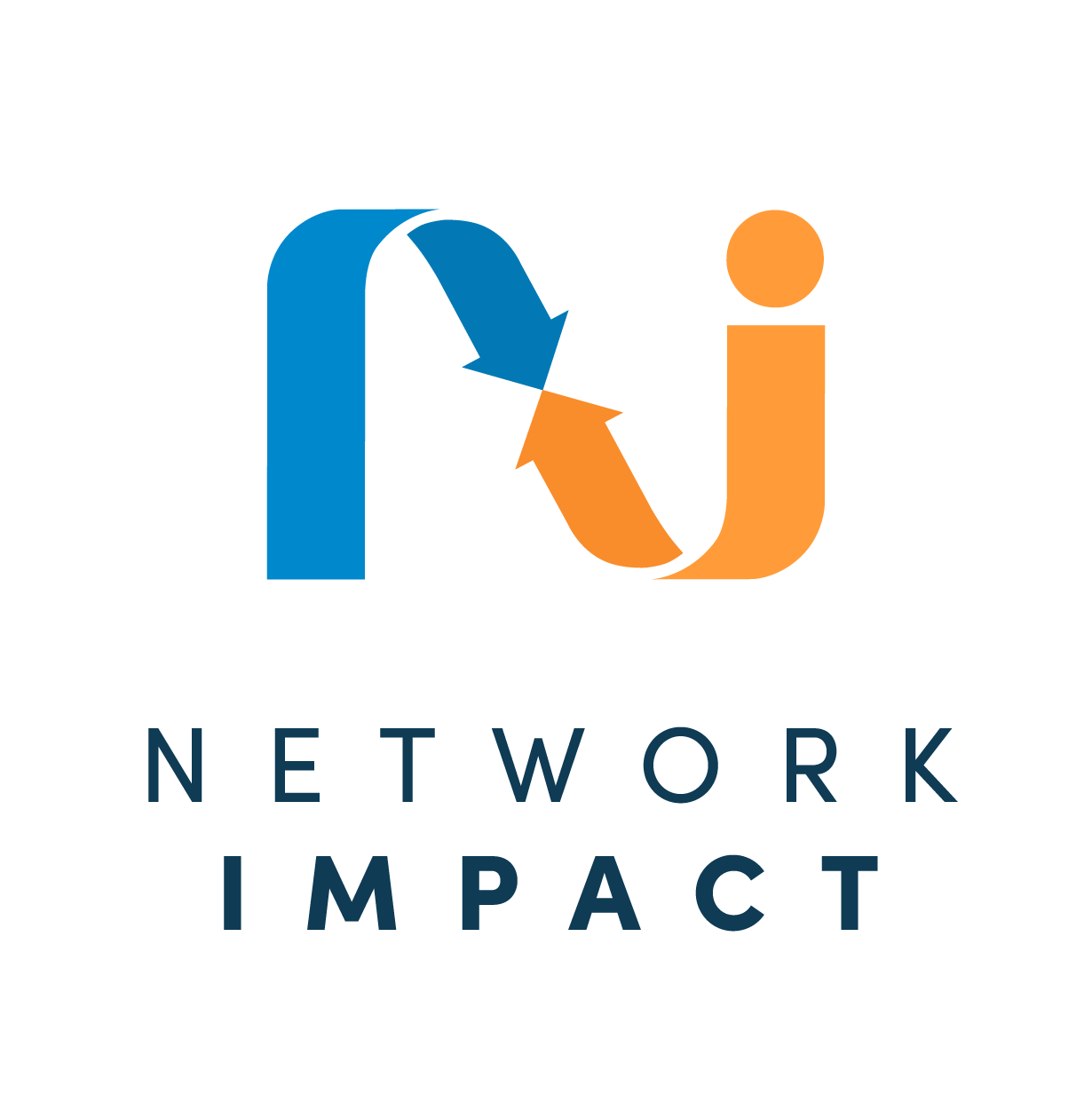State of Network Evaluation - A Guide
Changemakers everywhere are investing in and building new networks – from large-scale cross-sector “collective impact” initiatives to more targeted efforts to promote policy change, spark innovation, or improve the delivery of services. All of this activity has made evaluation a priority for funders and practitioners who want to learn more about what networks can achieve and how to build networks more effectively. Network assessment – systematic, practical, and focused on a network’s unique capabilities – is coming into its own.
In response to increasing interest from grantmakers, network builders, and evaluators, Network Impact partnered with the Center for Evaluation Innovation (CEI) to develop a “state of the field” framing paper about network evaluation and an accompanying network evaluation casebook, as well as an interactive convening for funders to discuss practical questions about designing and funding network assessments. Supported by the David and Lucile Packard Foundation, the W.K. Kellogg Foundation, the Jim Joseph Foundation and The California Endowment, our three-pronged network evaluation project aimed to gather and share information with evaluators and leaders in the network development field about evaluation approaches, methodologies, and tools that are particularly suited to the assessment of networks.
The Guide to Network Evaluation has two components:
The State of Network Evaluation brief offers the field’s current thinking on frameworks, approaches and tools to address practical questions about designing and funding network evaluations.
Evaluating Networks for Social Change: A Casebook profiles nine evaluations including key questions, methodologies, and results while expanding what is known about assessment approaches that fit with how networks develop and function.
We began the project with an extensive document and literature review of different types of networks and their evaluations, both domestically and internationally, as well as interviews with funders, network practitioners, and evaluation experts. This led us to some of the real-life examples of funder-supported evaluations that we’ve included in Evaluating Networks for Social Change: A Casebook. Producing a casebook with lots of “how to” detail was a priority of the project. We’ve found that it’s one thing to have a good general understanding of how to design a network evaluation and another to gather the necessary resources and expertise to implement one on the ground.
Four of the networks in the casebook – Reboot, Urban Sustainability Directors Network, RE-AMP and Massachusetts Networks to End Homelessness – also appear in Connecting to Change the World: Harnessing the Power of Networks for Social Impact, a book that Madeleine Taylor has co-authored with Peter Plastrik and John Cleveland. Connecting to Change the World has more information about how to build and manage high-performing social impact networks.
Three Pillars
The nine networks profiled in the casebook represent a variety of network types (networks at different stages of development, of different sizes and issue focus), illustrate a range of network evaluation methodologies, and are organized to reflect three basic areas of focus for a network evaluation: network connectivity, network health, and network results. In our state of the field framing paper, we call these the Three Pillars of Network Evaluation and offer guidance on the types of evaluation questions that can be pursued under each of the pillars and their sub-dimensions. A single evaluation may focus on one or more of the pillars at the same time, and several evaluations in the casebook do.
The framing paper also includes a guide to evaluation questions that come up at different stages in a network’s development. We built this guide based on a resource for funders created by the Monitor Institute.
Download the Guide to Network Evaluation by completing the form below

